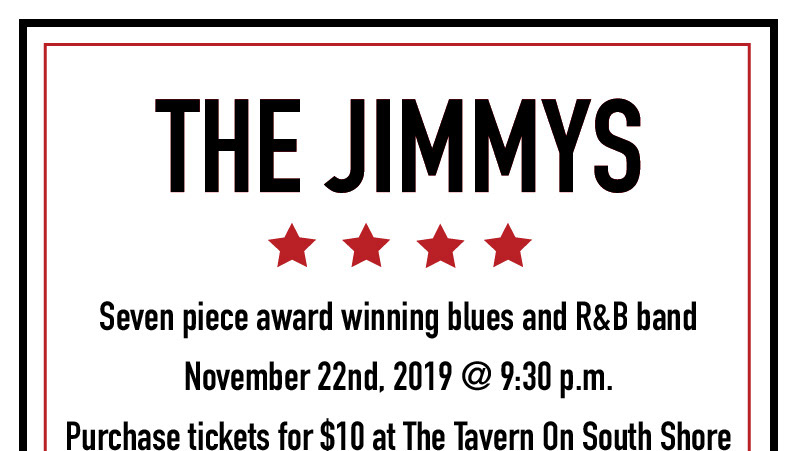Sex Selling Ads: Super Bowl Commercials
CEOs of massive-billion-dollar advertising agencies often look past the harmful effects of stereotypes and sexism in advertisements. Product and service ads on the T.V., radio, buses, billboards, magazines, and social media feeds are entirely based on what will grab the intended age groups attention without considering negative effects.
The Super Bowl is arguably the biggest annual sporting event watched and holds some of the most uproar generating commercials filled with sexism, objectification, and baloney. Over-sexualization appears to be the go-to tactic to grab viewers’ attention in the Super Bowl commercials and can have negative effects on society.
Sexual harassment and abuse in the workplace have been hot topics the past year. Hopefully, the Super Bowl will be more thoughtful how they are featuring body image. Men and women are known to be portrayed as objects or playgrounds and placed in stereotypical scenes in past Super Bowl advertisements.
Attachment 1, Mr. Clean, “Cleaner of Your Dreams,” a commercial from last year’s super bowl, Mr. Clean comes to clean a woman’s house (YouTube, “Cleaner of Your Dreams”). In a stereotypical ad, the woman would be the cleaner. This ad suggests women find a man who cleans sexy, and then she doesn’t need to scrub the kitchen anymore. The woman appears as the sex symbol to the male in return for his cleaning. Mr. Clean’s commercial ends with the tagline, “You gotta love a man who cleans,” implying the man deserves a certain reward for his pristine clean. She launches herself onto him kissing his face. Cartoon or not, objectification is not okay and puts a negative view on both men and women.
Women in Super Bowl advertisements are portrayed to the epitome of what society’s standards are for a woman, extremely thin, fit, sexy, perfect skin and luscious hair. Men are portrayed as hyper masculine, tough, toned, shirtless, and extremely muscular. As if social media isn’t agonizing enough to self-esteem, the images and bodies portrayed in commercials brainwash a person to believe that to be appealing, they need to meet society’s standards. Self-esteem issues for immature men or women could be harmful to their own good, and the Super Bowl has viewers of all ages to respect.
A study was done in 2011-2015 for Super Bowl commercials examining men and women. Attractive women were presented provocatively in the majority of the commercials, not as consumers or targets (Robinson ii). Males were typically the heroes or main characters of the commercials, and surveys showed that most of the commercials targeted a male audience.
YouTube immediately launches a video of “Super Bowl’s Greatest Commercials,” the day after the Super Bowl airs. It is a repeat of all the advertisements that were said to be groundbreaking. A handful of Super Bowl commercials are banned every year for being too sexual or inappropriate.
Attachment 2, an advertisement from Teleflora featuring Adriana Lima, a Victoria Secret model, wears lingerie and has received flowers from a man. She implies all you need to do is send a woman flowers and “you’ll receive”(YouTube, “Teleflora”). “Valentine’s Day is not that difficult. Give, and you shall receive,” declared Adriana Lima. This advertisement is portraying that men should buy flowers from Teleflora for their partner on Valentine’s day, and he will receive too.
Adriana Lima is illustrating women on Valentine’s day, and how they should be ready to treat their man for getting her flowers. Teleflora, leading men to think buying flowers for a woman on Valentine’s day will result in a sensual reward.
Advertising is different for the Super Bowl than other T.V. events. People know Super Bowl commercials as new and different. The advertisers themselves are going for that wow factor so viewers aren’t disappointed. Using stereotypes, sexism, and objectification the ads played during the Super Bowl give people something to talk about. People start to talk about the brand, people know the brand, and people become interested in the product or service.
Attachment 3, Go Daddy launches a Super Bowl ad introducing Bar Refaeli as the “sexy” and Jesse Heiman with his laptop referred to as the “smarts” and together they’re perfect (YouTube, “Go Daddy”). The uncomfortable interaction of the two kissing face got people talking. This Go Daddy commercial, still being talked about today, made an impact on their business. Bar Refaeli sat in revealing clothes, and an unattractive guy kissed her. The ad’s main focus is her attractiveness and then shows Walter having the time of his life. Objectification and insulting to women describe this ad, but it successfully grabbed people’s attention and brought in big numbers.
Stereotypes and objectification towards men or women are bringing in the money. Unfortunately, that is how the ad industry works. However, the content can be harmful or sensitive topics to some people. The Super Bowl commercials fame should be taken advantage of, and focus on a positive impact. Sending messages to reassure and bring people together along with their usual. Incorporating creative ads, neutral to men and women, real and raw to uplift and make a difference in the world. The raunchy entertainment will always be present. However, it is important to be more sensitive to people’s past and stories, and big things such as The Super Bowl’s advertisements could influence in better ways.
Attachment 1 - Mr. Clean - https://www.youtube.com/watch?v=GDzMxlw2Fgo
Attachment 2 - Adriana Lima – Teleflora - https://www.youtube.com/watch?v=utiBTPtCweI
Attachment 3 – Go Daddy - https://www.youtube.com/watch?v=Mr857fAYtnA
Work Cited
Wolfe, Lahle. “The Dangers of Using Stereotypes in Advertising and Marketing.” The Balance Small Business, The Balance Small Business, 22 Oct. 2018, <www.thebalancesmb.com/dangers-of-stereotypes-in-advertising-and-marketing-3515500>
Sullivan-Jenks, Megan. “Consumer-Take: Gender Targeting & Stereotyping In Digital Advertising.” MarTech Advisor, 1 Nov. 2017, <www.martechadvisor.com/articles/ads/consumertake-gender-targeting-stereotyping-in-digital-advertising/>
Lazzari, Zach. “Types of Stereotyping in Advertising.” Small Business - Chron.com, Chron.com, 19 Oct. 2018, <smallbusiness.chron.com/types-stereotyping-advertising-11937.html.>
Schultz., E.J., et al. “How Did This Happen? Behind Heineken Light's 'Lighter Is Better' Ad Mistake.” Ad Age, 27 Mar. 2018, <adage.com/article/cmo-strategy/heineken-light-s-lighter-ad-mistake/312887/.>
Poggi, Jeanine, and Jeanine Poggi. “6 Sexist Super Bowl Ads (and One Honorable Mention).” Ad Age, 12 Jan. 2018, <adage.com/article/special-report-super-bowl/most-sexist-super-bowl-ads/311835./>
“Mr. Clean | 2017 Super Bowl Ad | Cleaner of Your Dreams.” YouTube, YouTube, 26 Jan. 2017, <youtu.be/GDzMxlw2Fgo.>
“Go Daddy Perfect Match Bar Refaeli Kissing Jesse Heiman Super Bowl 2013 Commercial.” YouTube, 6 Feb. 2013, <youtu.be/Mr857fAYtnA.>
“Adriana Lima, Teleflora Happy Valentine’s, commercial.”
YouTube, 29 Dec. 2013, < https://www.youtube.com/watch?v=R_hQB3ixC9w>









